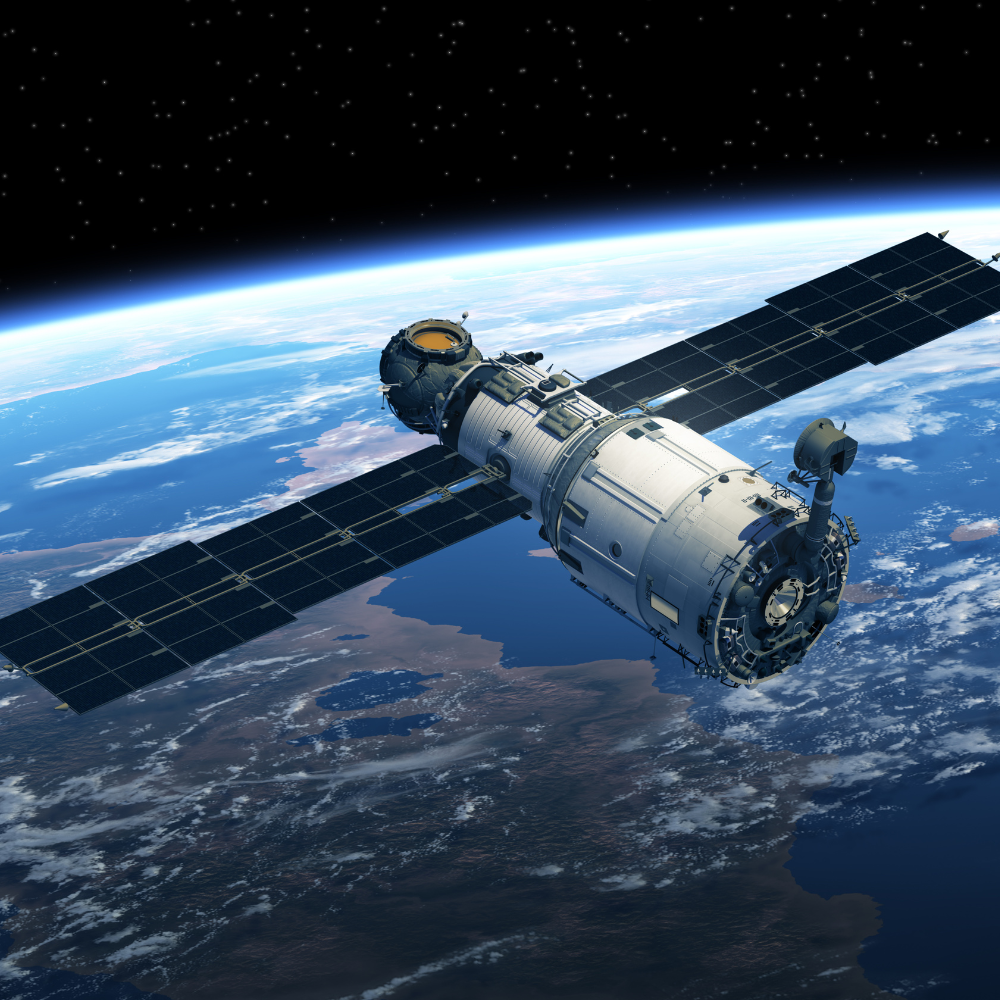NASA’s James Webb Telescope has managed to capture sight of a special region almost 200,000 light years away from our Earth. The specialty of this region is that it shows the formation of several stars. The researchers have named this new-found region the NGC 346, which is nurturing many new-born stars. The NGC 346 is present in a satellite galaxy of our Milky Way, named as Small Magellanic Cloud. Satellite galaxies are the smaller companion galaxies that orbit around massive galaxies under the influence of their gravitational pull. Upon detailed analysis of the region, James Webb Telescope tracked the presence of knots, arcs, and filaments of gas using its high-grade near-infrared cameras. Because of the presence of large amounts of dust and gasses, this region has become a nursery for stars. Researchers are using the region as a laboratory to study the formation of stars and all the processes and conditions which lead to the formation. The near-infrared cameras of the James Webb Telescope have been able to track the heavy presence of Hydrogen and Halogen, two of the necessary elements in the formation of stars. The telescope did not find traces of other heavy elements. Because of such unique conditions, the researchers quickly compared the reason to the Cosmic Dawn. Cosmic Dawn represents a period in the formation of our universe when there was just hydrogen and helium present in the universe, and the birth of the stars was a new thing. This was a period three billion years after the event of the Big Bang.
Although the NGC 346 region is significantly close to us, we were limited by the technology in detecting the newly forming stars. This is because the newly forming stars are relatively smaller in size in comparison to other massive stars that are present in the Small Magellanic Cloud. However, the James Webb Telescope which was launched into space in December 2021 with a development cost of $10 billion, has special sensors which can track the newly budding stars extremely precisely. The latest set of pictures set by the James Webb Telescope has managed to reveal this star nursery amid large stars which were blocking the sight of previous space telescopes. The difference between the previous and latest technology of space mapping and the sheer sensitivity and accuracy of the James Webb telescope becomes clear when you compare it with the previously used Hubble Space telescope. The Hubble Telescope was only able to map the large stars which emitted enough light to trigger the sensors present on Hubble. On the other hand, the James Webb Telescope has powerful sensors installed especially directed to track the stars and galaxies present farthest away from us, which can help us learn the actual conditions which were present during the Big Bang. The James Webb telescope can track gasses at extreme temperatures which can be seen in the case of the picture released by NASA. There are areas in the NGC 346 region that are as hot as 10,000°C, which are majorly seen in the case of stars.




